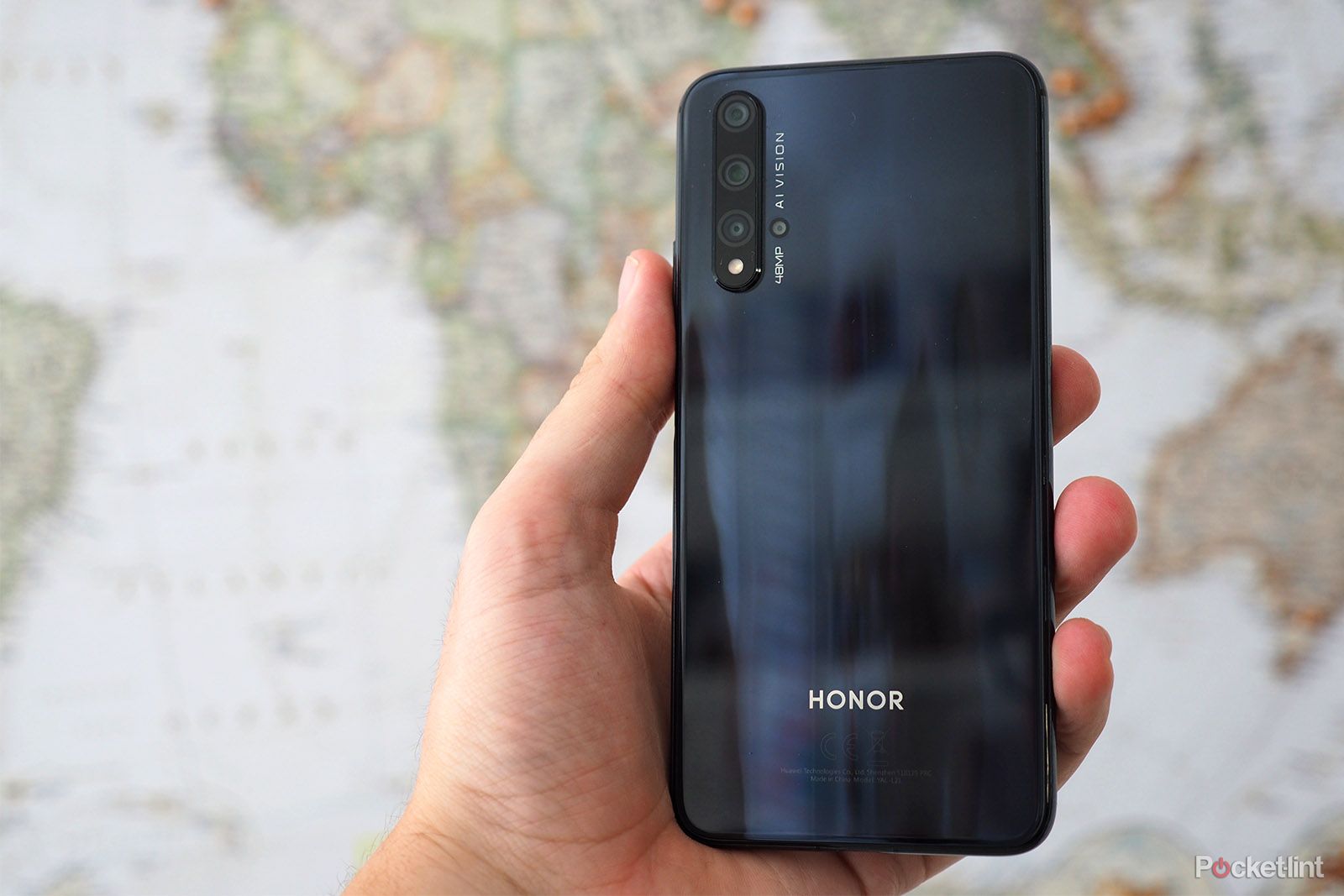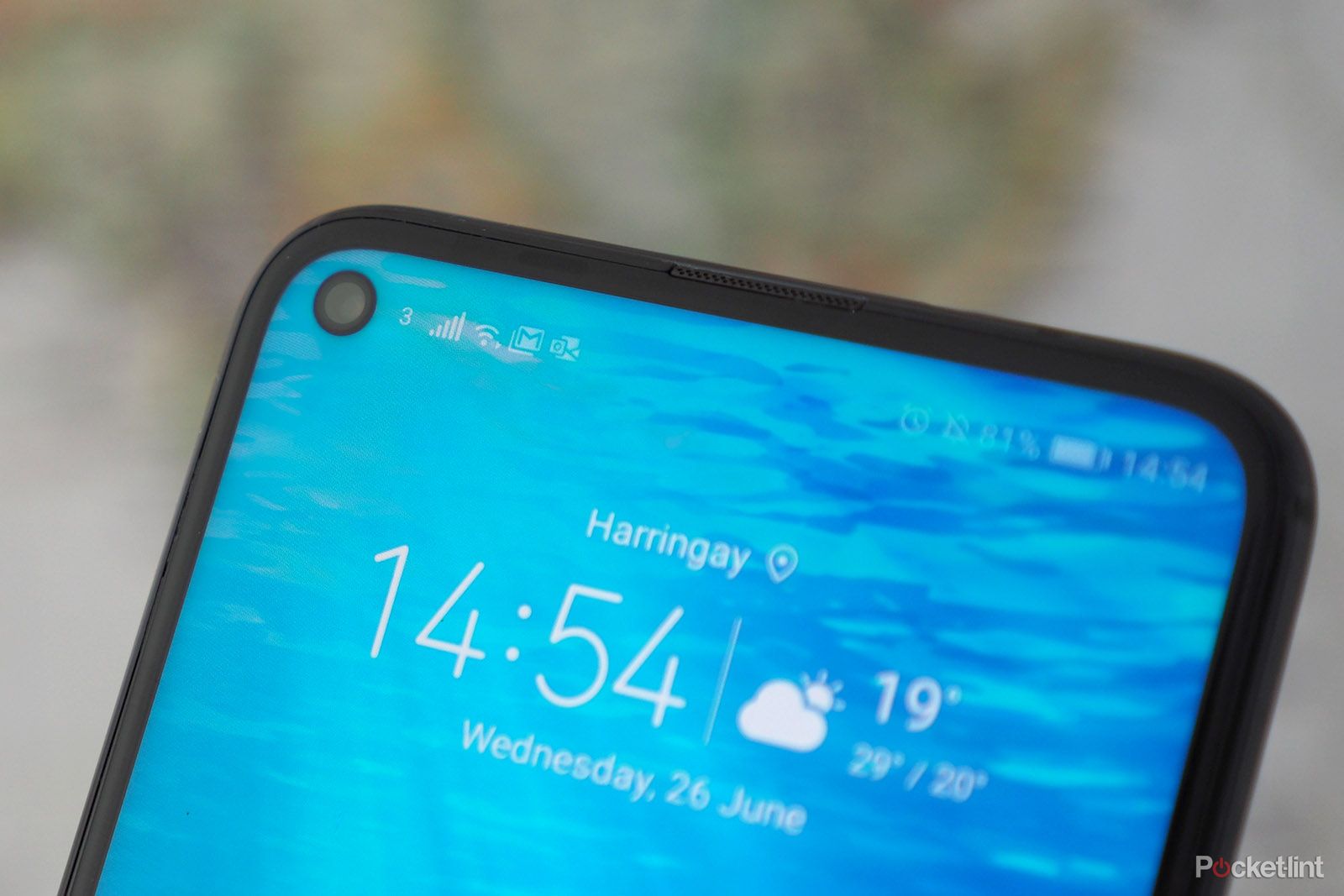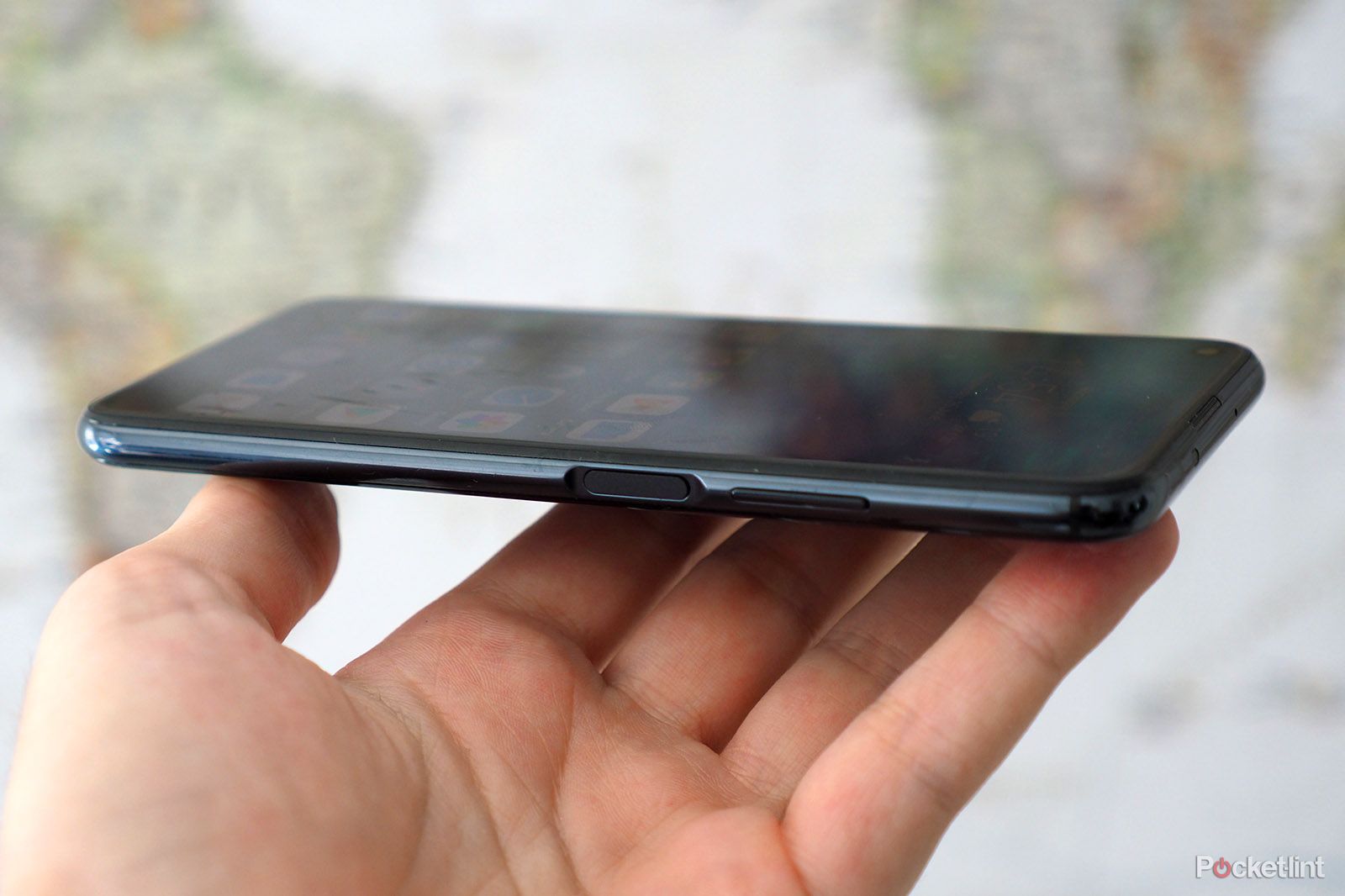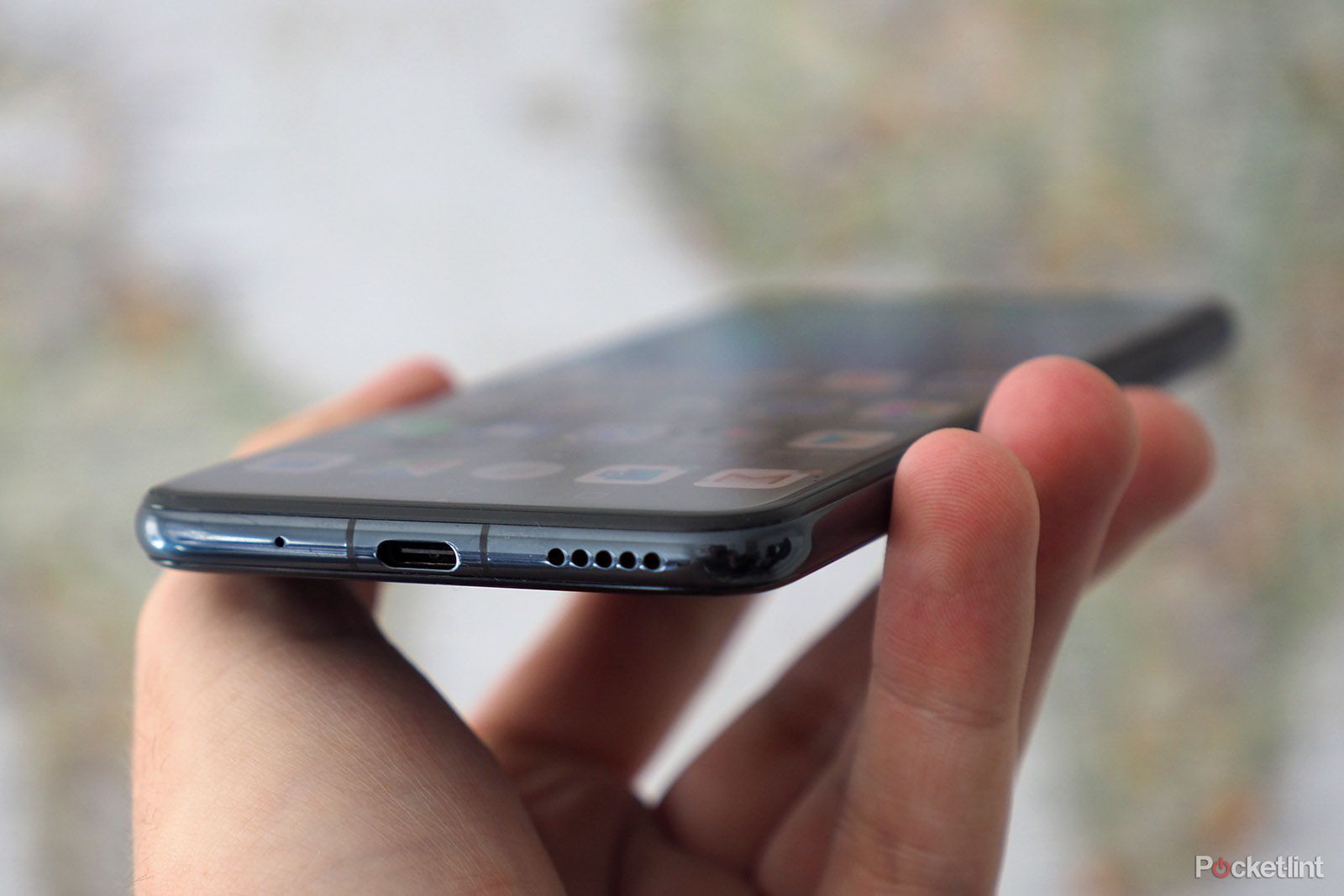It's been a bit of a rollercoaster for Honor, the Huawei-owned smartphone brand. Not by its own doing, mind, more as a result of political madness causing potential issues with its future path. Which is a real shame in a world where such a company is forging forward with design firsts: the Honor View 20 was the first phone to feature a punch-hole notch released in the UK, for example, while the Magic 2, with its siding frame design, showed another side to the company - and one that separated it from being just an echo of Huawei.
The Honor 20 picks up where the View 20 left off; a punch-hole design with dominant screen, affordable price tag in the mid-level segment, and now a (sort-of) quartet of rear cameras to pique your interest in how versatile a photo-phone it can be too. It's already available to buy in the UK too - unlike the will-it-won't-it-launch Honor 20 Pro - which is a positive sign. And with assurances that it will receive the next-gen Android operating system update and be a veritable phone choice for time to come, this isn't a device that's going to leave you hung out to dry.
Honor 20
Our quick take
Ignore the current commotion around the USA and its black-listing of Huawei - and, inadvertently, Honor as a result - and the Honor 20 represents why this company is successful in selling millions of phone units at a time. Great design, solid performance, a lenient asking price, and decent cameras all stack up on the Honor 20's side.
Like its Pro brother, however, it's not quite perfect. The macro camera is a pointless addition, there's no 3.5mm headphone jack and some details - such as the notification light being irritatingly in-your-face behind the front-facing ear speaker - just aren't as refined as they could be. Plus you might find the software not to your taste, depending on where you're coming from.
Given that the Honor is half the price of the Samsung Galaxy S10 and £100 less than a OnePlus 7, however, tells you everything you need to know: this is a phone that can take on far pricier flagships in performance and, excuse the pun, punch holes into them. It's an impressive balance of features to price.
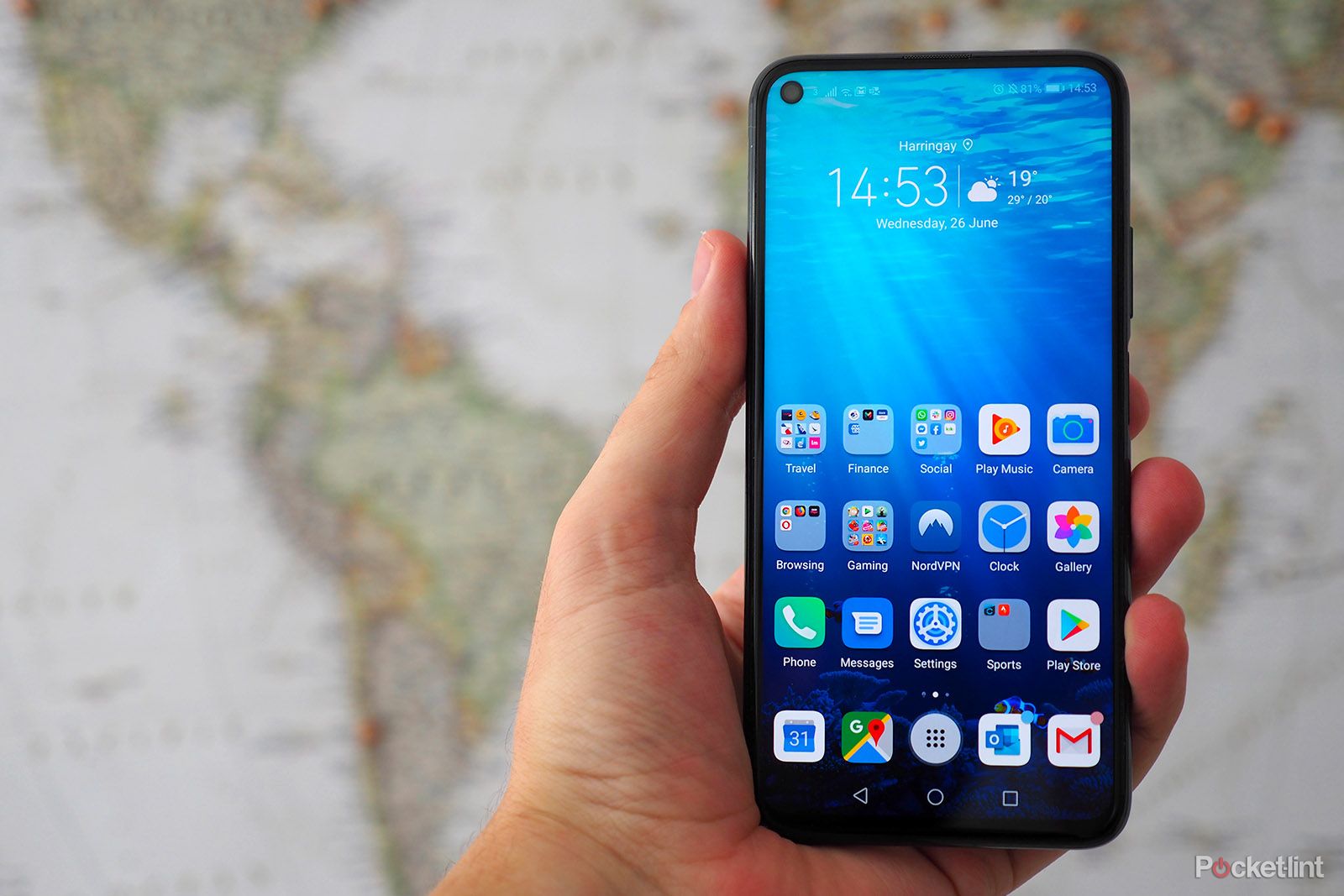
Honor 20 - 4.5 / 5
| FOR | AGAINST |
|---|---|
|
|
Honor 20
Honor 20 vs Pro
- Honor 20: Quad camera: wide angle, standard, depth sensor, macro / Pro: adds 3x zoom, loses depth sensor
- Honor 20: f/1.8 for main camera / Pro: f/1.4 wider aperture
- Pro only: 'holographic depth layer' finish
Alongside the Honor 20 is a 'Pro' model which, actually, is very similar. Think of the Pro as so: it adds a 3x optical zoom lens, slightly wider aperture to the main camera and a bit of a fancier finish. That's pretty much all, though, so the 'standard' version reviewed here is rather 'Pro' in its own respects - there's no difference in screen size, resolution or specification.
Design and Display
- 6.26-inch LCD display, FullHD+ (2340 x 1080) resolution
- 4.5mm hole-punch notch, 91.6% screen-to-body ratio
- No 3.5mm headphone jack
- Fingerprint sensor to side
- 154 x 74 x 7.9mm / 174g
Well, that's almost the only set of differences. The Honor 20 is actually 0.5mm thinner than the Pro, which sounds like more or less nothing, but it results in a marginal difference that we find preferable. Why? Because, without the Pro's zoom camera on its rear, the Honor 20 doesn't have a camera unit that protrudes quite as profusely, therefore it rocks about on the table a little less (but still too much!) and just looks more neatly designed overall. There's very little in it, but it makes a difference.
Our review sample Honor 20 may be finished in a rather humdrum black - and there's no 'holographic depth layer' to be seen here either - but this simplistic look is still rather fetching. There's just enough reflection to the body's glass, with the way it catches light casting interesting patterns. It's understated and it works.
Around the front the Honor 20 is screen dominant, with a 6.26-inch LCD display that continues with the company's use of a hole-punch notch - that's the little free-floating circle to the top left corner where the front-facing camera resides. This solution might look distracting in pictures, but you'll get used to it quickly and we think it's neater than a large notch - like you'll see on the far pricier iPhone X - or a larger punch-hole like on the Moto One Vision.
The only issue with the Honor 20's notch is that it can get in the way. Rarely, we might add, but there are those times when you might have, say, an 'x' to close an advert in a game positioned in the wrong place and struggle to tap it. That said, you don't have to run apps full-screen, as it's possible to designate what will and won't within settings. And if the hole-punch notch really isn't for you then you can always hide it using a software-based black-out strip if you prefer, which will force apps to not open in full-screen.
The panel itself is LCD rather than OLED - it has to be, only Samsung has figured out how to bring penetrated OLED panels to market, like with the S10 - which means the output isn't the brightest or deepest in black levels by comparison. But it's perfectly good - and we've not found there to be any issues with maximum brightness either.
Resolution, at Full HD+, is perfectly amicable for a screen of this size too. To avoid all those pixels draining the battery there's also a lower-resolution option (activated within software) and a 'smart mode' which flicks between the best use-case scenario as it sees fit. Again, there are higher-resolution panels out there but we don't see an integral need for these.
When it comes to logging in, there's a side-positioned fingerprint scanner, which, just like that of the Pro model, is highly responsive. While great in speed terms, the positioning can be a bit of a failing - we've signed in and made accidental phone calls because it's a natural thumb rest position, so we'd much rather have a rear-positioned or in-screen scanner instead. Still, as side-positioned scanners go this is the best implementation to date.
Overall, if you're looking for a large, dominant display with little notch disruption then the Honor 20 does a great job of delivering the goods where it matters.
Performance and Battery
- Kirin 980 octa-core processor, 6GB RAM
- 3,750mah battery capacity
- SuperCharge fast-charge
- No wireless charging
Having just reviewed the Honor 20 Lite - the less meatier version of this phone - we've found coming to the Honor 20 proper has felt like a big step up. Especially in the battery department, where we've been crunching through a day and going to bed with close to 40 per cent remaining - sometimes more. For a sub-4000mAh battery capacity that's good innings; certainly better than the Lite model.
Even more impressive is such battery life isn't sustained by using measly hardware. Honor continues down its line of delivering the top for less: inside there's the same Kirin 980 processor as you'll find in the Huawei P30 Pro, which might be marginally behind the Qualcomm Snapdragon 855 if you care much for benchmarking numbers, but you'll only experience snappy results in real-world conditions here.
The 6GB RAM on board (you'll find 8GB in the Pro, FYI) sees apps load quick. When it comes to running games, browsing, sending emails and all the usual antics that are necessary for a phone, there are no qualms in the Honor 20's performance.
There are some caveats though. The software - Honor calls it Magic UI 2, which is effectively just EMUI 9.1 rebadged (in itself a skin over the top of Google's Android 9 operating system) - has some notification irks that some people will find distracting. There's also no wireless charging, while SuperCharge fast-charging isn't as hyper-quick as some of the ultra-fast systems out there, like Oppo.
As the Honor 20 has officially launched in the UK there are now fewer question marks over it. We had wondered if software would be supported into the future, due to a US blacklist issue. However, Honor is 'confident' that the Android Q update will roll out in the future, keeping this phone in line with the latest security updates and software additions. All you really need to know is: the Honor 20 is out, it's running the right software and it'll remain supported into the immediate future.
Cameras
- Quad camera: 16MP 117-degree f/2.2 ultra-wide; 48MP f/1.8 main; 2MP f/2.4 dedicated macro; depth sensor
- 'Light Fusion' means 12MP output from main sensor - uses Sony IMX 586 technology
- Optical image stabilisation for main camera only, Laser autofocus for all
- Super Night Mode, Portrait, Pro and other modes
- 32MP selfie camera
The Honor 20 doesn't have the 3x optical zoom camera of its Pro cousin, so getting as detailed zoom shots isn't plausible from the 2x digital zoom. However, the quality from the assortment of cameras on the rear is still rather impressive at this price point (although consistency in terms of colour and exposure between them is off).
However, to call it a quad camera setup is a bit of a reach. It comprises an ultra-wide 16-megapixel sensor with f/2.2 aperture lens; a main 48-megapixel sensor (which outputs by default at 12MP due to a quad pixel technology derived from the Sony sensor used here) with f/1.8 aperture lens; and two separate 2MP sensors, one used for depth data, the other as a dedicated macro lens.
Let's start with the bad: that macro lens is dreadful, just as we said it was on the Pro. Its images are small (at 2 megapixels), it doesn't auto-activate, nor auto-focus, the results are grainy and over-processed even when shooting in decent light. You may as well consider the Honor 20 as a dual camera phone with depth sensor, therefore.
But there's a lot of good from that ultra-wide and standard lens combo. The 48MP main sensor, for example, has the ability to output decent quality (it can be used in full-form 48MP or the default four-in-one 'Light Fusion' 12MP output). It's optically stabilised too, which helps when pinch-to-zooming and night-time shots, including the multi-frame Night Mode - which is impressive at capturing shots in the dark of night through handheld multi-seconds exposure.
Really we think Honor should strip things back. The excess modes and overcomplication of the Camera app seems unnecessary when what most people are going to do is point and shoot, or switch to wide-angle mode. If the AI kicked in correctly for Portrait Mode - to assist with that blurred background - or Night Mode, then it'd have everything wrapped into a neater package.
Used as a dual camera setup and the Honor 20 offers quality from its main camera with some good wide-angle backup. Oh, and if selfies are your thing then the hole-punch at the front houses a 32-megapixel front-facing solution, which is the highest-resolution Honor has ever used.
Honor 20
To recap
Given this Honor is half the price of the Samsung Galaxy S10 and cheaper than a OnePlus 7 tells you everything you need to know: this is a phone that can take on far pricier flagships in performance and design terms without leaving you out of pocket. It's an impressive balance of features to price.

